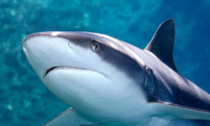
A new study finds that the presence of sharks can change coral reef ecosystems. Such research is becoming more important as both a top ocean predator and a crucial habitat decline. To humans, sharks are mythic and beautiful and terrifying – they can both clear the beach and inspire passionate conservation campaigns. It’s surprising, then, that scientists don’t actually agree on the extent to which sharks influence and shape their own ecosystems.
A new study published in the journal Scientific Reports wades into this issue and provides evidence that, just like humans, fish are afraid of sharks, and in some reef habitats, this fear actually changes the structure of coral communities...
Read More



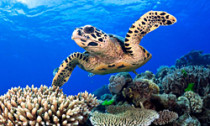
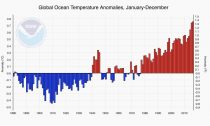
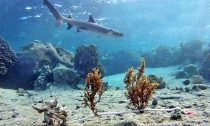
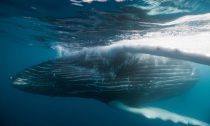


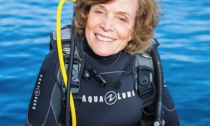


Social Profiles